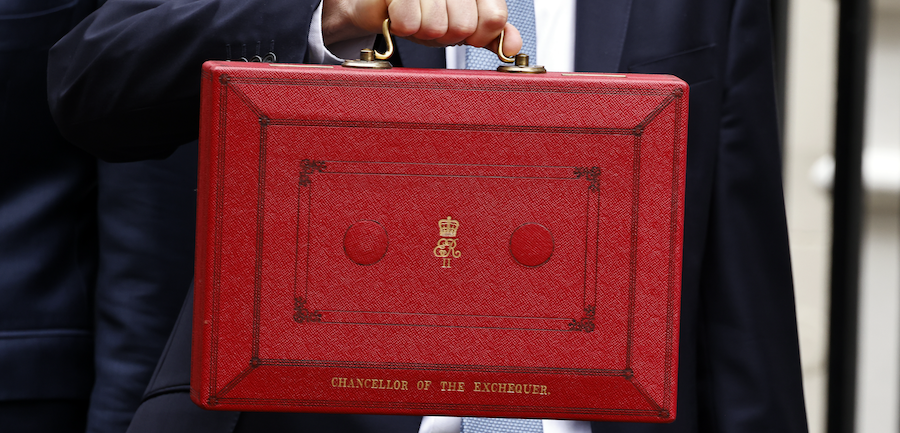
The incoming Labour government pledged to lower energy bills. But given that energy is a marketplace, what’s the plan?
During the recent general election campaign, a key part of the Labour Party’s manifesto was cutting household energy bills. Now they’re in government, they have to deliver on that pledge. But it’s going to be a challenge. There’s no quick fix for high energy prices, which are the product of a marketplace over which the UK government has little control. What can they do?
In this article, we’ll look in more detail at how the new government plans to get energy prices down for good. Can it be done? And, if so, when?
Price rises in the short term
The problem for the new government is that, as things stand, energy prices are getting higher and higher. In October 2024, the Ofgem price cap is due to rise by 10%, meaning the average household will pay £1,717 per year (under the previous price cap, this figure was £1,568).
There are several factors contributing to this high price, but the government has very little control over any of them. Russia’s invasion of Ukraine and the resulting boycott of Russian gas sent prices shooting up, while oil production figures in the Middle East are always volatile. In the short term, the government can do almost nothing. They just have to accept that prices are high.
Long term reductions
If the government is going to get energy prices down, it will have to be a long-term project – and consumers will need to be patient. The plan is to build a raft of renewable energy projects linked to an upgraded National Grid that can deliver cheaper energy to UK homes, freeing us from the volatility of the open market.
In the last month, the new government awarded Contracts for Difference (CfD) to 131 new clean energy projects, which will deliver an extra 9.6GW of generation per year. This is enough to power 11 million homes. Projects given the go-ahead include:
- Two new offshore wind farms – Hornsea Four and East Anglia Two
- 93 solar projects
- Six tidal stream projects
- One floating offshore wind farm
This is a great sign and a significant step on the way to the government’s goal. It shows that it can attract investment into clean energy projects, notably in offshore wind, which was previously in a slump.
However, to get energy prices low enough to make UK households more comfortable, much more needs to be done.
Reforming the price cap
We’ve talked about the Ofgem price cap and how it’s about to go up again. However, Ofgem is looking into reforming how it calculates the price cap, which could see consumers paying lower prices in the short term.
Currently, consumers pay a daily, fixed, standing charge for their energy, with a per-unit charge on top. Even if you don’t use any power during the day, you still pay the standing charge. Ofgem is looking at forcing suppliers to offer tariffs linked more to usage and less to the standing charge, so consumers who use less energy could pay much less than they do at the moment. Moving the upfront cost to the unit rate could also encourage people to use less energy, which benefits everyone. In addition, giving customers more flexibility over their tariffs is always a good thing.
However, with any changes, there would be winners and losers. The government and Ofgem will be under pressure not to place a higher burden on customers who are already spending a fortune on their energy.
What does the future hold?
It’s clear that there is no easy fix to high energy prices in the UK. Until we reduce our dependence on imported fossil fuels and create a home-based generating system based around renewals, we’re at the mercy of a volatile energy market.
While there are minor solutions that can be done quickly, such as a reform of the price cap, if we’re going to see a dramatic drop in energy prices, we will have to wait. There is a lot still to do.
